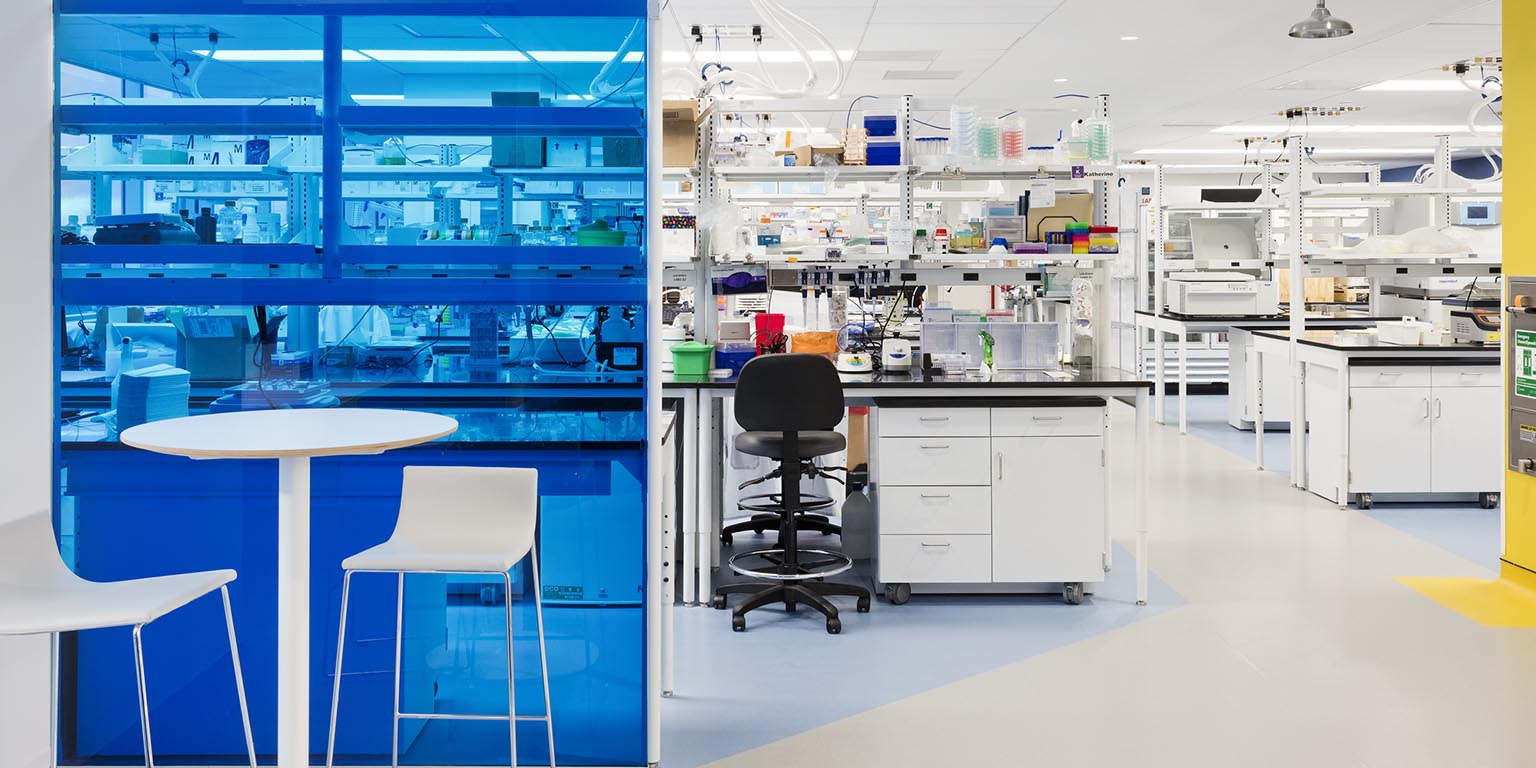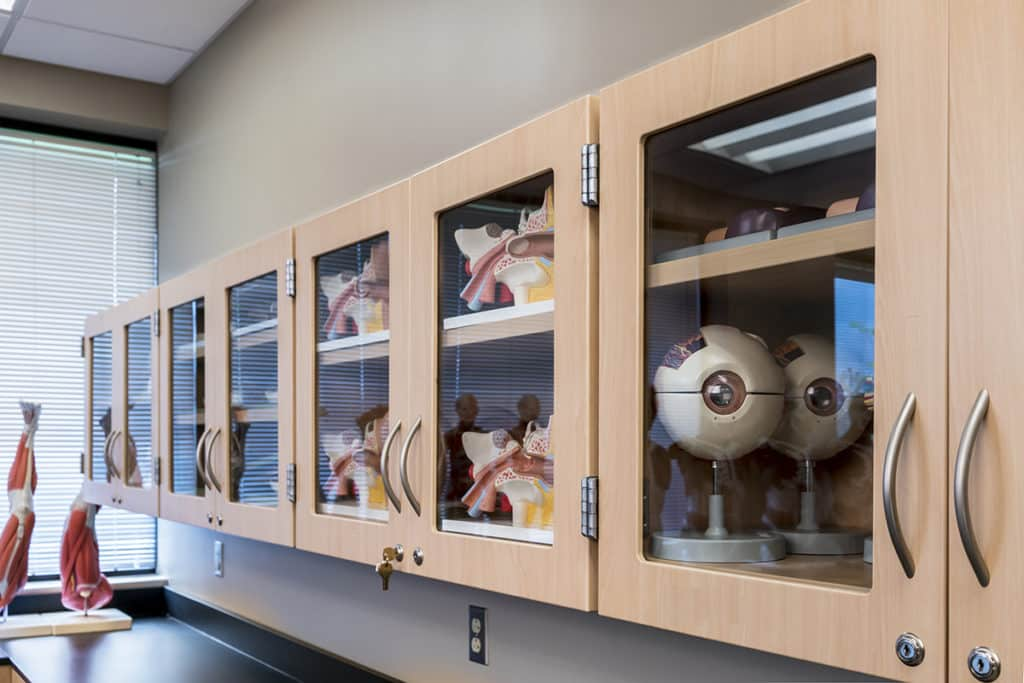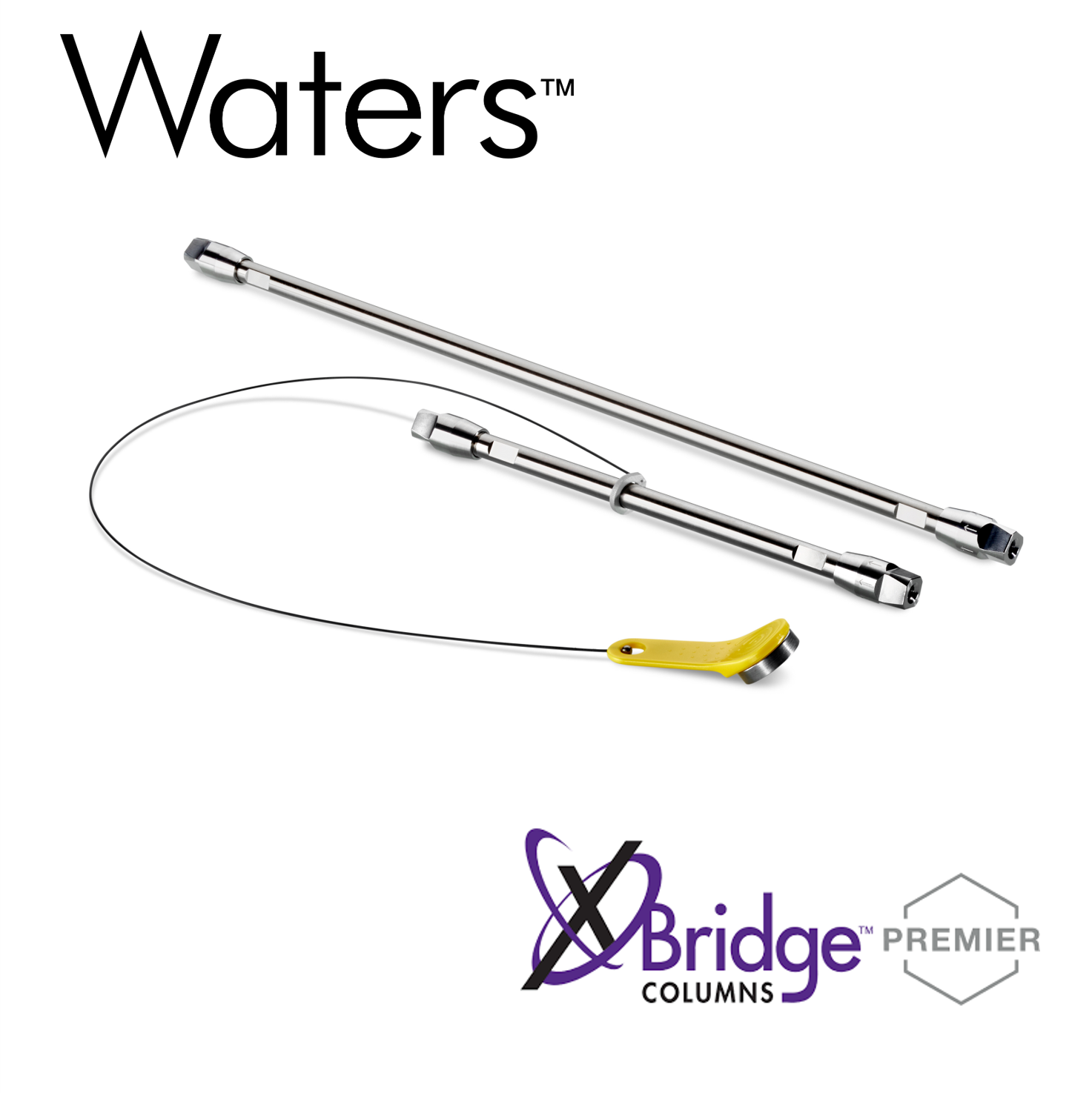Choosing gas piping layout for lab space

The Crucial Role of Gas Piping in Laboratory Safety
In the realm of scientific research and development, laboratories serve as the bedrock of innovation, where groundbreaking discoveries and technological advancements are made. These specialized environments house a wide array of sophisticated equipment and processes, many of which rely on the safe and reliable delivery of gases. From the delicate manipulation of flammable gases in analytical chemistry to the precise control of inert atmospheres in materials science, the presence of gas piping systems is indispensable. However, the very nature of these gases, often flammable, corrosive, or toxic, necessitates a meticulous approach to their handling and distribution. This is where the critical importance of a well-designed and meticulously implemented gas piping system comes into play.
The design and installation of gas piping systems in laboratories are not mere technical exercises; they are fundamental aspects of ensuring the safety of personnel, protecting the integrity of research, and safeguarding the environment. A poorly designed or inadequately maintained gas piping system can lead to a cascade of potential hazards, ranging from accidental leaks and fires to explosions and the release of toxic substances. The consequences of such incidents can be devastating, resulting in injuries, property damage, and even loss of life. Therefore, it is imperative that laboratory managers, engineers, and technicians prioritize the safety and reliability of their gas piping systems.
The complexity of modern laboratory operations, with its diverse range of gases and applications, demands a comprehensive understanding of the principles of gas piping design and installation. This includes factors such as the selection of appropriate materials, the determination of pipe sizes and configurations, the integration of safety devices, and the implementation of rigorous testing and maintenance protocols. The goal is to create a system that not only delivers gases efficiently but also minimizes the risk of accidents and ensures the long-term integrity of the infrastructure.
This article delves into the intricacies of gas piping layout for laboratory spaces, providing a comprehensive guide for decision-makers, project managers, and technicians involved in the planning, implementation, and maintenance of these critical systems. We will explore the key considerations that influence the design of gas piping systems, including safety regulations, gas properties, equipment requirements, and the specific needs of the laboratory environment. By understanding these factors, we aim to empower readers with the knowledge and tools necessary to make informed decisions regarding the design, installation, and operation of gas piping systems that prioritize safety, efficiency, and long-term reliability.
The article will also address the evolving landscape of gas piping technologies, highlighting advancements in materials, fittings, and monitoring systems that enhance safety and efficiency. We will examine the role of digital tools and simulation software in optimizing gas piping designs, minimizing potential hazards, and ensuring compliance with industry standards. Ultimately, our goal is to provide a practical and insightful resource that empowers laboratory professionals to create safe, efficient, and sustainable gas piping systems that support the pursuit of scientific excellence.
The importance of a well-designed and meticulously implemented gas piping system cannot be overstated. It is the cornerstone of laboratory safety, ensuring the protection of personnel, the integrity of research, and the preservation of the environment. By embracing a comprehensive approach to gas piping design, installation, and maintenance, laboratories can create a safe and reliable infrastructure that fosters innovation and scientific progress.
The Importance of a Well-Designed Gas Piping Layout for Laboratory Safety and Efficiency

In the realm of scientific research and development, laboratories are the epicenters of innovation, where groundbreaking discoveries are made and cutting-edge technologies are developed. These specialized environments often require the use of various gases, such as nitrogen, oxygen, helium, hydrogen, and acetylene, for a wide range of applications, including analytical instrumentation, sample preparation, and chemical synthesis. The safe and efficient delivery of these gases is paramount to ensuring the smooth operation of the laboratory and the well-being of its personnel.
The design and implementation of a comprehensive Gas Piping & Distribution Systems is a critical aspect of laboratory infrastructure. A well-planned gas piping layout not only ensures the reliable supply of gases to various points within the laboratory but also plays a crucial role in mitigating potential hazards associated with the handling and storage of these substances. This article delves into the intricacies of gas piping layout, exploring the factors that influence its design, the safety considerations that must be addressed, and the best practices for ensuring optimal performance and longevity.
Understanding the Fundamentals of Gas Piping Systems
Gas piping systems are designed to transport gases from their source, typically a cylinder bank or a central gas supply, to various points of use within the laboratory. These systems consist of a network of pipes, valves, regulators, and other components that work together to ensure the safe and efficient delivery of gases. The specific design of a gas piping system will vary depending on the types of gases being used, the volume of gas required, and the layout of the laboratory.
The materials used for gas piping are carefully selected to ensure compatibility with the gases being transported. For example, copper piping is commonly used for nitrogen and oxygen, while stainless steel is preferred for corrosive gases such as hydrogen chloride. The size and configuration of the piping are also critical factors, as they influence the flow rate and pressure of the gas. A properly sized piping system will ensure that sufficient gas is delivered to all points of use without excessive pressure drops.
Key Considerations for Gas Piping Layout Design
The design of a gas piping layout is a complex process that requires careful consideration of several factors, including:
- Gas Types and Applications: The specific gases being used in the laboratory will dictate the materials, size, and configuration of the piping system. For example, flammable gases such as acetylene require specialized piping and safety measures.
- Gas Flow Rates and Pressures: The volume of gas required and the pressure at which it needs to be delivered are critical factors in determining the size and configuration of the piping system. A properly sized system will ensure that sufficient gas is delivered to all points of use without excessive pressure drops.
- Laboratory Layout and Space Constraints: The physical layout of the laboratory, including the location of gas outlets, equipment, and other infrastructure, will influence the design of the gas piping system. The system should be designed to minimize the length of piping runs and avoid unnecessary bends or obstructions.
- Safety Regulations and Codes: Gas piping systems must comply with relevant safety regulations and codes, such as those established by the National Fire Protection Association (NFPA) and the Occupational Safety and Health Administration (OSHA). These regulations specify requirements for materials, installation, and testing of gas piping systems.
- Maintenance and Accessibility: The gas piping system should be designed for easy maintenance and accessibility. This includes providing sufficient space around the piping for inspection, repair, and replacement of components.
- Expansion and Future Needs: The gas piping system should be designed to accommodate future expansion and changes in the laboratory's needs. This may involve incorporating spare capacity in the piping system or using modular components that can be easily added or removed.
Safety Considerations for Gas Piping Systems
Gas piping systems pose potential hazards if not designed, installed, and maintained properly. These hazards include:
- Gas Leaks: Leaks in gas piping systems can release flammable, toxic, or corrosive gases into the laboratory environment, posing a serious risk to personnel and equipment. Regular inspections and leak testing are essential to ensure the integrity of the piping system.
- Fire Hazards: Flammable gases such as acetylene and hydrogen can ignite if they come into contact with a source of ignition. The gas piping system should be designed to minimize the risk of fire, including the use of fire-resistant materials and the installation of fire suppression systems.
- Explosion Hazards: Some gases, such as acetylene, can explode under certain conditions. The gas piping system should be designed to prevent explosions, including the use of pressure relief valves and the installation of explosion-proof equipment.
- Toxicity Hazards: Some gases, such as carbon monoxide and hydrogen sulfide, are toxic and can cause serious health problems if inhaled. The gas piping system should be designed to minimize the risk of exposure to toxic gases, including the use of ventilation systems and the installation of gas detectors.
- Corrosion Hazards: Some gases, such as hydrogen chloride and sulfur dioxide, are corrosive and can damage the piping system. The gas piping system should be made of materials that are resistant to corrosion, and regular inspections should be conducted to identify and address any signs of corrosion.
Best Practices for Gas Piping Layout Design and Installation
To ensure the safe and efficient operation of a gas piping system, it is essential to follow best practices during the design and installation process. These practices include:
- Use Qualified Professionals: The design and installation of gas piping systems should be performed by qualified professionals with experience in laboratory gas systems. These professionals should be familiar with relevant safety regulations and codes and have the necessary skills and knowledge to ensure the proper installation and testing of the system.
- Develop Detailed Plans and Specifications: Before installation begins, detailed plans and specifications should be developed that outline the materials, size, configuration, and location of the piping system. These plans should be reviewed and approved by qualified professionals before construction begins.
- Use High-Quality Materials: The materials used for gas piping should be of high quality and compatible with the gases being transported. The piping should be properly sized and installed to ensure adequate flow rates and pressures.
- Install Pressure Relief Valves: Pressure relief valves should be installed in the gas piping system to prevent excessive pressure buildup. These valves should be sized and located appropriately to ensure that they can safely vent gas in the event of an overpressure situation.
- Install Gas Detectors: Gas detectors should be installed in the laboratory to monitor for leaks and provide early warning of gas releases. These detectors should be calibrated regularly and maintained in good working order.
- Provide Adequate Ventilation: The laboratory should be adequately ventilated to prevent the buildup of gases. Ventilation systems should be designed to remove gases from the laboratory and exhaust them safely to the outside.
- Implement Regular Inspections and Maintenance: Regular inspections and maintenance are essential to ensure the safety and reliability of the gas piping system. These inspections should include visual inspections, leak testing, and pressure testing. Any defects or problems should be addressed promptly.
- Train Laboratory Personnel: Laboratory personnel should be trained on the safe handling and use of gases and the procedures for responding to gas leaks or other emergencies. This training should include information on the location and operation of safety equipment, such as gas detectors, fire extinguishers, and emergency shut-off valves.
The Role of IT Tech in Gas Piping & Distribution Systems
IT Tech, a leading provider of lab consumables and equipment, plays a vital role in supporting the safe and efficient operation of gas piping systems in laboratories. The company offers a comprehensive range of products and services related to Gas Piping & Distribution Systems, including:
- Gas Cylinders and Regulators: IT Tech provides a wide selection of gas cylinders, regulators, and accessories for various gases, ensuring that laboratories have access to the right equipment for their specific needs.
- Gas Piping Components: IT Tech offers a comprehensive range of gas piping components, including pipes, valves, fittings, and manifolds, made from high-quality materials and designed for optimal performance and safety.
- Gas Detection Systems: IT Tech provides advanced gas detection systems that monitor for leaks and provide early warning of gas releases, ensuring the safety of laboratory personnel and equipment.
- Gas Piping Installation and Maintenance Services: IT Tech offers expert installation and maintenance services for gas piping systems, ensuring that the system is properly installed, tested, and maintained to meet safety standards and regulatory requirements.
By providing high-quality products and services, IT Tech empowers laboratories to establish safe and efficient Gas Piping & Distribution Systems, ensuring the reliable delivery of gases and the smooth operation of their research and development activities.
Conclusion
A well-designed and properly installed Gas Piping & Distribution Systems is essential for the safe and efficient operation of any laboratory. By carefully considering the factors discussed in this article, laboratories can ensure that their gas piping systems meet safety standards, comply with regulatory requirements, and provide a reliable supply of gases for their research and development activities. IT Tech, with its comprehensive range of products and services, is a valuable partner in helping laboratories achieve these goals.
Beyond the Blueprint: IT Tech as Your Gas Design and Installation Partner
IT Tech understands the complexities of gas piping systems and the critical role they play in your lab's success. We offer a comprehensive range of services and products designed to support your every need, from initial planning and design to installation and ongoing maintenance.
Our team of experienced professionals is dedicated to providing expert guidance and support throughout the entire process. We leverage our deep understanding of gas piping systems and industry best practices to deliver solutions that are tailored to your specific requirements. Our commitment to quality and safety ensures that your gas piping system is built to the highest standards, providing you with peace of mind and confidence in your lab's operations.
IT Tech's comprehensive portfolio of services includes:
- Gas Piping Design and Engineering: Our team of engineers will work closely with you to develop a custom gas piping system that meets your specific needs and complies with all relevant regulations.
- Gas Piping Installation: We provide professional installation services, ensuring that your gas piping system is installed correctly and safely.
- Gas Piping Maintenance and Repair: We offer comprehensive maintenance and repair services to keep your gas piping system operating efficiently and safely.
- Gas Leak Detection and Repair: Our team is equipped with the latest technology to detect and repair gas leaks quickly and effectively.
- Gas Piping System Audits: We conduct thorough audits to ensure that your gas piping system meets current safety standards and regulations.
In addition to our services, IT Tech offers a wide range of high-quality gas piping components and equipment, including:
- Gas Piping Materials: We offer a variety of high-quality gas piping materials, including copper, stainless steel, and PEX.
- Gas Valves and Fittings: We provide a comprehensive selection of gas valves and fittings, ensuring that your gas piping system is properly controlled and regulated.
- Gas Leak Detectors: We offer a range of gas leak detectors to ensure the safety of your lab environment.
- Gas Pressure Regulators: We provide high-quality gas pressure regulators to ensure that your gas piping system operates at the correct pressure.
IT Tech is your trusted partner for all your gas piping needs. We are committed to providing you with the highest quality products and services, ensuring that your lab's gas piping system is safe, reliable, and efficient. Contact us today to discuss your gas piping requirements and let us help you create a system that meets your specific needs.
Ready to take the next step? Submit an enquiry to IT Tech today and let our team of experts guide you through the process of designing, installing, and maintaining a safe and efficient gas piping system for your lab.
IT Tech: Your Gas Piping Design and Installation Partner.
Products You may Like
Check out other IT- Tech product that suit your taste
Subscribe to our newsletter
Stay updated with IT-Tech Insights
Related posts
Check out other IT- Tech Scientific Resources

Selecting finishes and furniture for lab ergonomics
Selecting the right finishes and furniture for your lab is crucial for creating a comfortable and productive workspace. Ergonomics plays a vital role in minimizing fatigue and maximizing efficiency. This article explores key considerations for lab design, including choosing the right work surfaces, seating, and storage solutions. We'll also discuss the importance of lighting, ventilation, and noise control in creating a safe and comfortable environment for your researchers.

Resolving temperature and humidity issues
Maintaining a stable temperature and humidity level is crucial for accurate and reliable lab results. This article provides a step-by-step guide to troubleshooting common issues related to temperature and humidity control. We explore potential causes, such as faulty HVAC systems, inadequate insulation, and improper ventilation. The article also outlines practical solutions, including system calibration, filter replacement, and environmental monitoring. By understanding the underlying causes and implementing effective solutions, you can ensure a consistent and optimal lab environment for your research and experiments.

Modular vs custom built-in lab casework
Choosing the right lab casework is crucial for any research facility. Modular casework offers flexibility and cost-effectiveness, while custom built-in solutions provide tailored design and functionality. This article examines the key considerations for each option, including space utilization, budget, and long-term adaptability. We delve into the benefits and drawbacks of both approaches, empowering you to make an informed decision that aligns with your research needs and budget.










































































